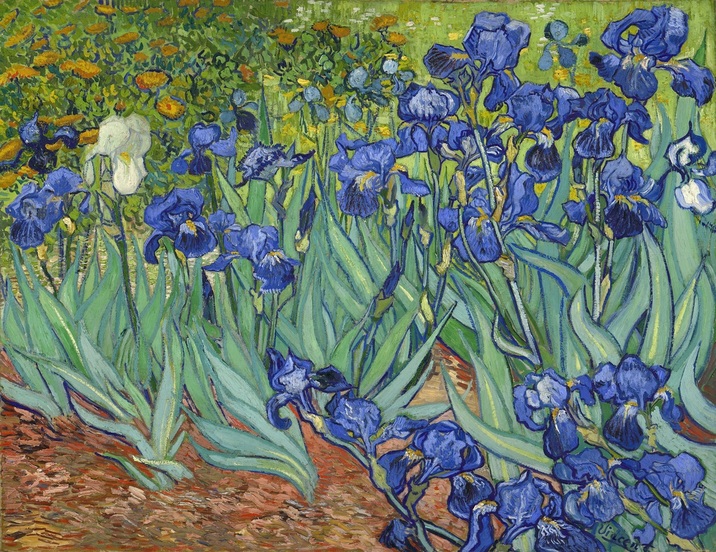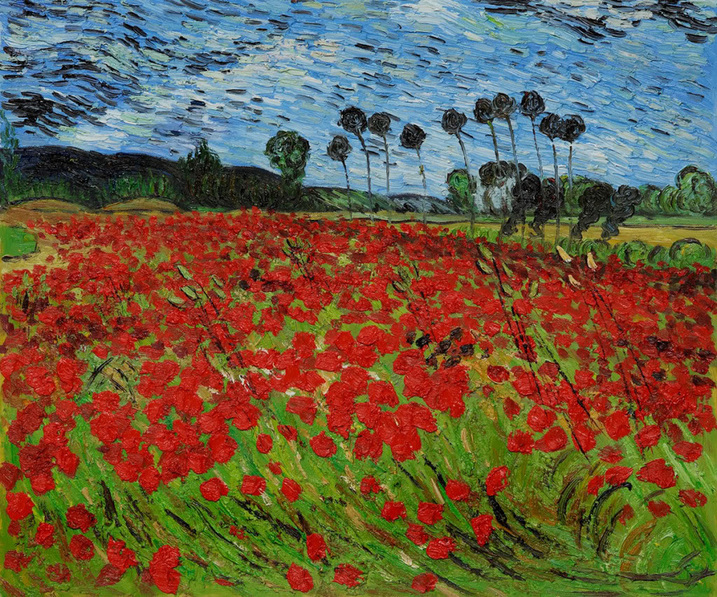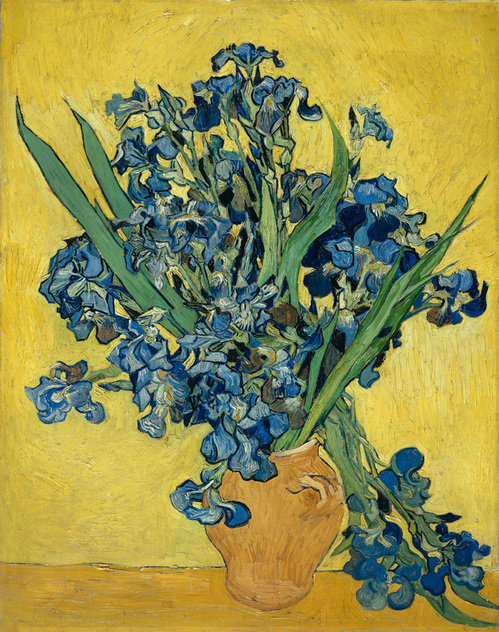May 2016
Steve Klepetar
sfklepetar@stcloudstate.edu
sfklepetar@stcloudstate.edu
I was born in Shanghai, China, the son of Holocaust survivors, and grew up in New York City. I now live in the booming metropolis of Saint Cloud, Minnesota, where there are a surprisingly large number of good, cheap, hole-in-the wall ethnic restaurants. Two of my three (soon to be four) grandchildren live in town, so I get to spend a good deal of time with them, playing tag, which is sort of like running wind sprints. For over thirty years I taught in the English department at Saint Cloud State University, where the kids from Lake Woebegon go to college, and I can attest to the fact that they all are, in fact, above average. Please take a look at these two chapbooks, which are available for download at the amazingly low price of nothing: Blue Season (with poems by me and V-V regular Joseph Lisowski, and Return of the Bride of Frankenstein — click on the book titles.)
The Poison Flower
burns your eyes, sends its wounded colors
through membranes and tears and blood,
flashes like bursting shells in starry night.
When you rub the fiery petals on your lips, a
moaning takes you far from home and your
soft bed fails. Where is your broken mirror
now? How long have you dug your nails
in famished, familiar plots? Have your
fingers never released vapors from some
forgotten weed? Where will it take root,
in what channel of the sweet canal? Coal
dust stains our hands and in the lower
branches small birds burn. They sing
like little stars, peppering the sky
with light, a flickering your skin feels only
in the mouth of some wild and lonely dream.
Originally published in California Poetry Review
Committee on Committees
You can’t make this stuff up.
There’s a Committee on Committees.
This is true.
It meets alternate Wednesdays
on a cloud anchored to the science
building with cables braided
of finely spun glass, stretching
taut as the cloud struggles
to rise or catches a strong west wind
straining to sail the river, ragged ship
spitting wisps of its misty hull.
Sometimes the hawsers shine
in the sun or glisten in black rain,
especially when they’ve been polished
with a chamois by an old woman’s loving hands.
Some days the cloud is black,
some days white
as lamb’s wool, but there are windy
days when it turns the grey
of your father’s eyes looking backwards
down the trail to a meadow bursting
with wildflowers:
Devil’s Paintbrush and Queen Anne’s Lace.
He seemed to be following some distant motion,
maybe a glimpse of fur or a wing fluttering
through leaves.
That’s the time you think of him
laughing in the guestroom with your aunt or
in the evening smoking his cigar, trailing ash.
There’s nothing of him left; your open hands are full of rain.
Originally published in Flutter
Three Flower Poems Based on Paintings
by
Vincent van Gogh
by
Vincent van Gogh
|
Irises
by Van Gogh sold November 12, 1987 for fifty-three million nine-hundred thousand dollars in a room rich with diamonds and silks, a room spicy and exotic as an Eastern dish, a Northwest Passage of a room, with camera crews and green-stemmed irises richly blue, ripe and firm as plums. Van Gogh's hair stuck, according to self-portraits, carrot red above a rodent face, bedclothes a scarlet stab, floor boards worn blue as paint smeared on waiting canvas with impasto knife. |
|
Flower Growing
"And thus I consider painting too, thinking that what abides is like a kind of flower growing." -Vincent van Gogh Above this field with poppies, sky nothing but a mirage of paint — white strokes for rags of cloud, blue for bits of sky between, mint smudges where treetops merge. Illusions of distance, color, light. What abides then are flowers, red flesh of poppies spilled across rough waves of grass too bright for blood. You could wade knee-deep through this lusty field, startling crickets, chasing birds to the distant tree line. Or you could keep close, study poppies, try each petal on your fingers, those little litmus tests of fact. Teach yourself what you need to know: what remains can never be poppies or painted sky, riot of this field or slender trees, but only a kind of growing. |
|
Dragons in the Still Life
"The violet bunch (ranging from carmine to pure Prussian blue) stands out against a startling citron background, with other yellow tones in the vase and the stand on which it rests..." -Vincent Van Gogh He has painted a mustard-colored stoneware vase stuffed with irises. They explode in violet flames, sharp leaves shaped like the short swords of elves against a wall of startling gold. Don't fear, in time your eyes will heal. When they do, look closely for tiny dragons in the still life. The one everybody sees juts fiercely from the tangle of its blue body, its eye a yellow flame of sun, wicked smile through blue dragon beard. All it needs of teeth is the petal-white hint. Below, its claw protrudes, dexterous and cruel, shut like an iron trap. Its kill lies crushed at the back of the vase, five rivals dangling dead on the long stalks of their broken necks. Before you sleep again, turn this painting toward the wall. Night comes on and dragons, no great respecters of sleep, are known to kill for gold. Originally Published in the In Gilded Frame Anthology, Kind of a Hurricane Press. |
©2016 Steve Klepetar



